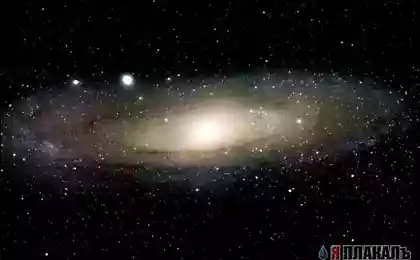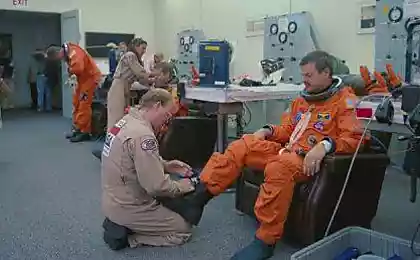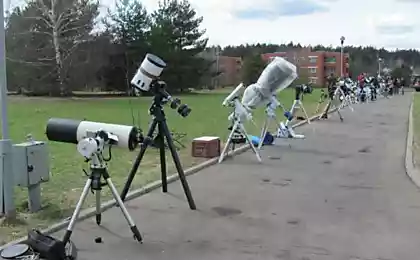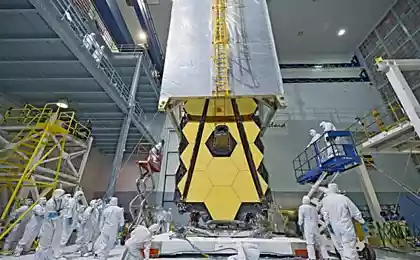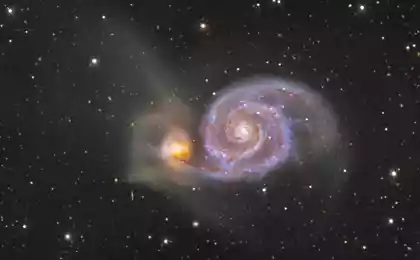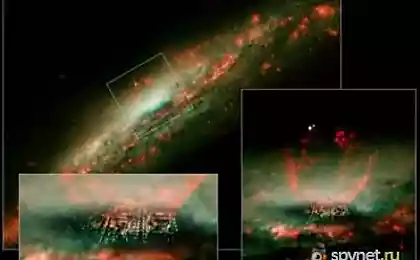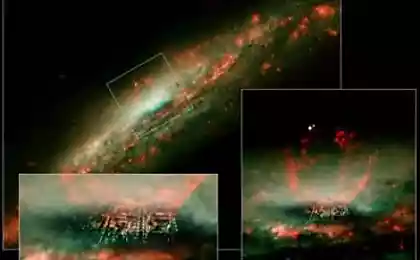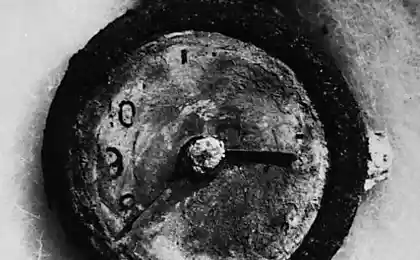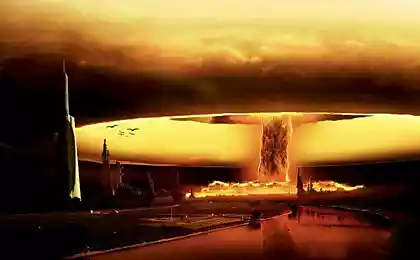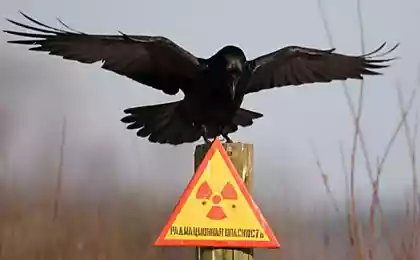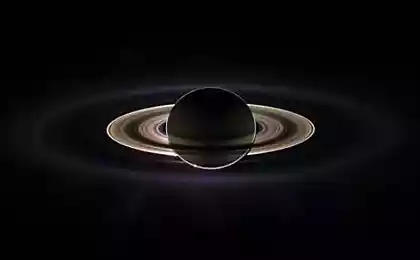2572
V838 Monocerotis: Video of exploding stars, with photographs of the Hubble Space Telescope in 4 years
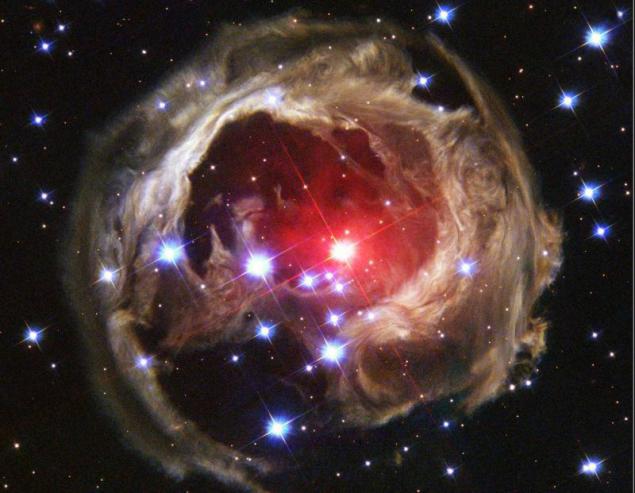
Constellation Monoceros, until 2000 being known only to astronomers, at the beginning of the new millennium, we can say glorified. The thing is that in this constellation suddenly exploded star, V838 Monocerotis, without any preconditions to the explosion.
The photos of the explosion were obtained Hubble Space Telescope, which is 4 years (2002 and 2006) are regularly rented a star (or rather, what was left of it). All these photos were compiled into a single video, lasting 50 seconds.
But most interesting is that, until recently, scientists could not understand why and how exploded V838 Monocerotis.
For a short time the star grew to enormous proportions, and its luminosity before the explosion exceeds the luminosity of the sun is 600 thousand times (if we accept the condition that both lights are on us at the same distance).
In this case the star is relatively young, it is not consistent with the general rules of formation of new. Here's a quote from the Вики:
«All new stars (like nova and cataclysmic variables) are close binary systems consisting of a white dwarf and companion star, located on the main sequence, or reached a stage in the evolution of a red giant and fill its Roche lobe. In such systems the flow of material outer layers of the companion star to the white dwarf through the neighborhood of the Lagrange point L1, flows substance forms around the white dwarf accretion disk accretion rate onto the white dwarf is constant and determined by the parameters of the companion star and the mass ratio of the components of the binary-star system; the composition of the incident white dwarf gas typical of the outer layers of the red giant and main-sequence stars - more than 90% hydrogen. » i>
According to the joint team of researchers from the United States Naval Observatory, University of Arizona, and the European Space Agency, a satisfactory explanation of the causes of the explosion said the star is still no. However, last year it was published study Russian scientists , which still give explanations so unexpected outbreaks. < br />
It is worth noting that the V838 Monocerotis is 20 thousand light years from us.
Via dailymail
Source: habrahabr.ru/post/226243/


